ATX motherboards are the most common form factor of motherboards and also the one that gamers prefer the most. But are ATX motherboards good for gaming in the first place?
Three main factors are to consider: expandability, value for money, and performance. ATX motherboards are great for gamers who prefer expandability and value for money. However, ATX motherboards, like the rest of the form factors, do not directly affect the games’ performance.
There is also a fourth but less common factor: aesthetics. ATX motherboards generally have the best looks, particularly if you plan to have an entire tower PC case for your gaming rig.
In the following text, I will talk about motherboard form factors in general and why ATX motherboards are well-suitable for gamers.
TABLE OF CONTENTS
ATX and Motherboard Form Factors
ATX is one of many standard form factors defining a motherboard’s physical dimensions.
ATX motherboards are considered among the larger motherboards and are intended for those looking for more excellent expandability in slots and ports.
There are four major motherboard form factors:
- E-ATX, AKA extended – 12 inches x 13 inches
- ATX, aka Standard ATX – 12 inches x 9.6 inches – The topic of this article
- mATX aka Micro ATX – 9.6 inches x 9.6 inches
- Mini ITX – 6.7 inches x 6.7 inches
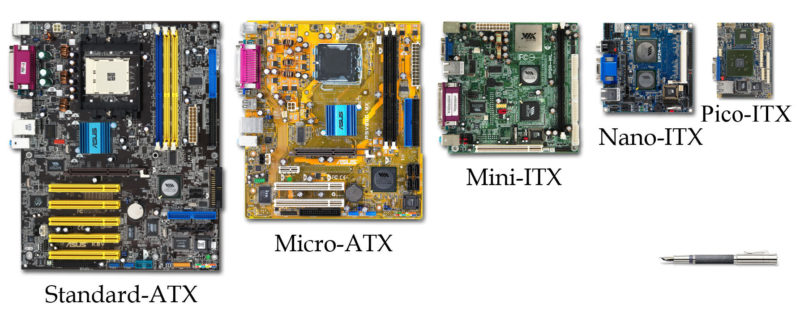
All of these form factors have their merits and demerits.
E-ATX Motherboards
E-ATX motherboards are rare and the most expensive. They are generally intended for workstation-grade PCs. The majority of the average users or gamers have no use for E-ATX motherboards.
ATX Motherboards
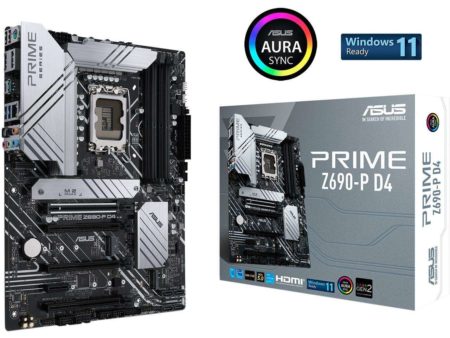
ATX or Standard ATX motherboards are the most common motherboards. Considering the same specs (i.e., Chipset, VRMs, Slots, etc.) ATX motherboards are cheaper than Mini-ITX and E-ATX motherboards.
Micro ATX Motherboards
Micro ATX is the most economical motherboard and a form factor preferred by many gamers on a budget. These motherboards have sufficient PCIe slots (2 – 3) and an adequate number of SATA slots and can be found with premium chipsets and VRM phase power design.
As such, Micro ATX motherboards give Standard ATX motherboards a run for their money because gamers on a tight budget can maximize their budget for graphics cards instead.
Mini-ITX Motherboards
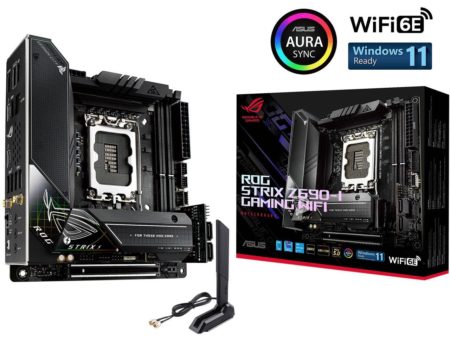
Mini ITX motherboards are the most expensive and the least expendable, considering the same specs. They find their use on portable gaming rigs.
The following table explains different form factors, their purpose, and their dimensions.
| Form Factor | Dimensions | Purpose | Remarks | No. PCIe Slots |
|---|---|---|---|---|
| ATX (aka Full-ATX Standard ATX) | 12 x 9.6 inches 305 x 244 mm | Commercial | – For Gamers and Professional – Fairly common – Best expansion capability for commercial purpose | 2-3 x16 2-3 x1 |
| Micro ATX (aka mATX) | 9.6 x 9.6 inches 244 x 244 mm | Commercial | – Feature affordable motherboards – Moderate expansion capacity | 1-2 x16 1-2 x1 |
| Mini ITX | 6.7 x 6.7 inches 170 x 170 mm | Commercial | – Smallest motherboards or PC – Minimal expansion capacity – Expensive due to their compact design | 1 x16 |
| Extended ATX (aka E-ATX) | 12 x 13 inches 305 x 330 mm | Workstation | – Intended for workstation builds – Expensive and compatible only with specialized workstation CPUs. | 4-7 x16 |
Are ATX Motherboards Good for Gaming?
Whether ATX motherboards are suitable for gaming depends on your needs and budget.
However, the form factor of the motherboard has NO direct relation to the game’s performance, bringing me to the first point.
1. ATX Motherboards or Other Form Factors Does Not Affect Gaming Performance
Motherboards generally do not affect gaming performance, let alone their form factors.
The two main components that affect the performance, including the quality and the frame rate of games, are the CPU and the Graphics Cards – the latter being the most important.
SSDs can also help deliver a good gaming experience, particularly regarding the seamless transition between scenes. But motherboards, unfortunately, have almost no direct connection to gaming performance.
They do, however, have an indirect connection to your overall gaming experience. Good motherboards with premium chipsets like Intel Z or AMD X series can offer excellent overclocking capability and powerful VRMs for supporting high overclocks.
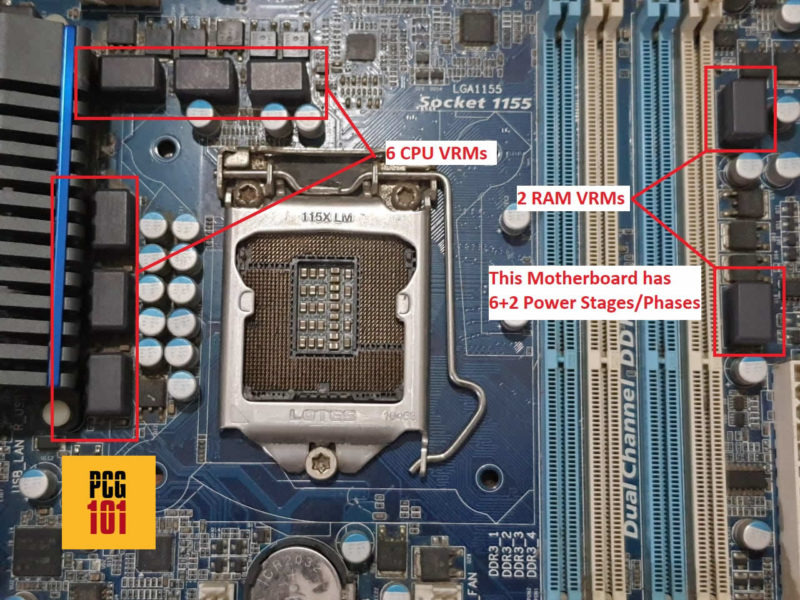
But more premium chipsets and better quality VRMs are not limited to ATX motherboards. These features can be found on micro ATX as well as on mini ITX motherboards as well.
The only benefit is that premium VRMs and a better phase power design are more common on ATX motherboards than on the rest of the form factors.
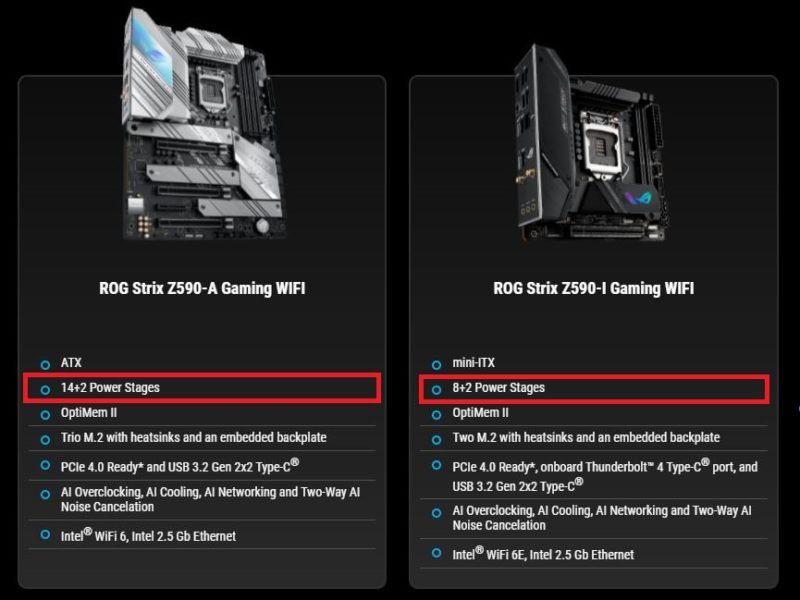
Hence as a gamer who likes overclocking, you will naturally be inclined to get an ATX motherboard.
2. Expandability – ATX Motherboards Offer a High Number of Ports and Slots
Whether it is a high number of PCIe slots, M.2 spaces, SATA ports, USB headers, or Chassis FAN headers you are looking for, ATX motherboards tend to offer the highest in a given price category.
Taking PCIe slots into consideration – the primary slots for adding expansion cards – ATX motherboards tend to offer the most for commercial builds.
Hence, if you plan to have multiple graphics cards and other expansion cards, such as WiFi cards, M.2 expansion cards, etc., on your PC, you will find the ATX motherboard more compelling.
3. Value for Money
While ATX motherboards are NOT the cheapest (that title belongs to mATX motherboards), they tend to offer excellent value for money when considering their overall features, size, and if you compare them to mini ITX motherboards.
Motherboards are generally divided into price categories depending on what chipset and features they have.
Considering the bottom range, you can find ATX motherboards in the field of $130-$190.
4. Aesthetics – Great for Building Gaming Rigs
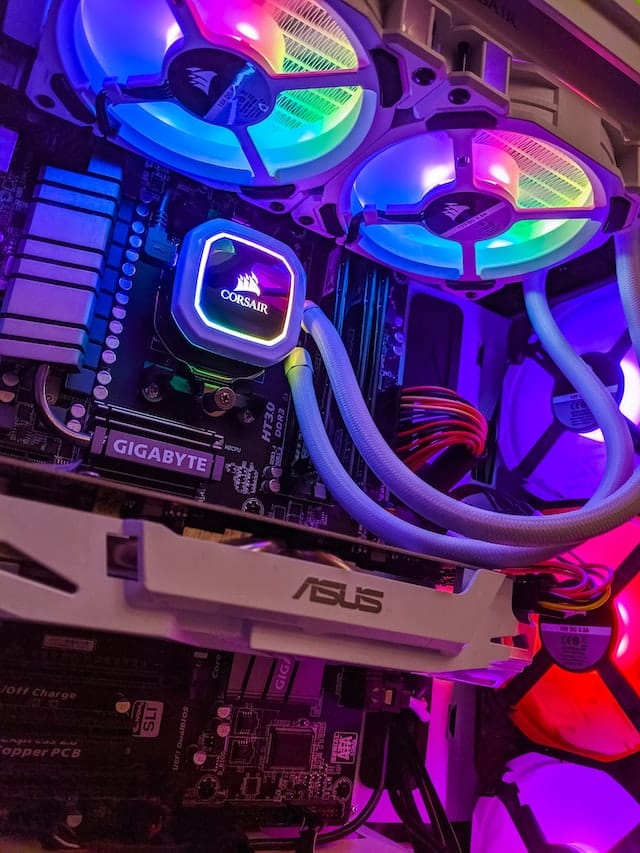
One of the most significant advantages of having an ATX motherboard for gamers is its aesthetics. If you are an enthusiast, aesthetics would matter to you – and they give you some bragging rights.
PC cases are designed for specific motherboard sizes. The following table explains the different sizes of the PC cases.
| Case Type | Motherboard Size Supported | Purpose |
|---|---|---|
| Small Form Factor | Mini-ITX | Compact PC |
| Mini Tower | Micro ATX Mini ITX | Great for Office Home Use |
| Mid Tower | ATX Micro ATX Mini ITX | Standard Gaming PC Standard designing/editing PC |
| Full Tower | EATX ATX Micro ATX Mini ITX | Gamers Servers Professionals Workstation |
If you plan to get a Full Tower, particularly a Mid Tower PC case for your gaming build, an ATX motherboard is generally the preferred size.
ATX motherboards not only offer more Chassis Fan headers for connecting more fans for better airflow, but they also offer more RGB headers for connecting LED lights for aesthetics.
But at the end of the day, aesthetics is subjective and doesn’t need to appeal to you.
Final Words
Given the expansion options, value for money compared to other form factors, and aesthetics to some extent, ATX motherboards are suitable for gaming.
However, the form factor of a motherboard has no connection to the performance of the games.
Frequently Asked Questions
1. Can you use an ATX motherboard for gaming on a budget, or are they only suitable for high-end gaming builds?
Yes, you can definitely use an ATX motherboard for gaming on a budget. There are plenty of affordable options available in the market that offer good performance and features at a reasonable price point. You don’t necessarily need a high-end gaming build to benefit from an ATX motherboard.
2. What features should I look for in an ATX motherboard for gaming, such as compatibility with specific processors or graphics cards?
When choosing an ATX motherboard for gaming, it’s important to consider the compatibility with your processor and graphics card.
You should look for a motherboard that supports the latest CPU and GPU models, and offers features such as multiple PCI Express slots, fast memory support, and overclocking capabilities.
Other important features to look for include good quality audio and networking components, and sufficient cooling options.
3. Can I overclock my gaming components with an ATX motherboard, and what performance improvements can I expect from doing so?
Yes, you can overclock your gaming components with an ATX motherboard, provided that the motherboard supports overclocking and you have a compatible CPU and GPU.
Overclocking can provide significant performance improvements, such as higher frame rates and faster load times.
However, it’s important to note that overclocking can also increase power consumption and generate more heat, so proper cooling and power supply are necessary.
4. How do I choose the best ATX motherboard brand for my gaming needs, and what factors should I consider in making this decision?
When choosing the best ATX motherboard brand for gaming, it’s important to consider factors such as performance, reliability, compatibility, and support.
Some of the top brands in the market include ASUS, MSI, Gigabyte, and ASRock.
You should look for a brand that offers good quality components, a wide range of features, and reliable customer support.
It’s also important to read reviews and check compatibility with your other components before making a purchase.
